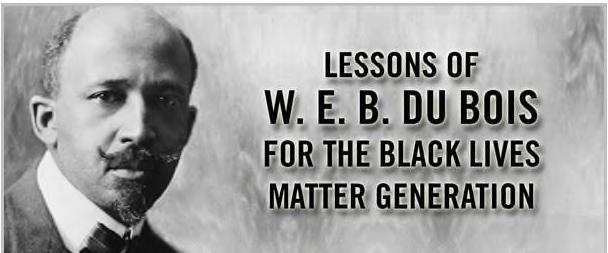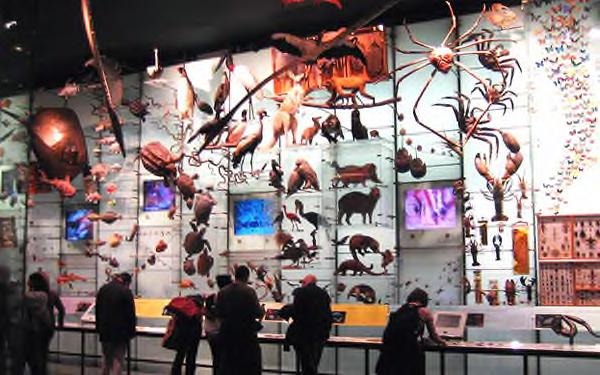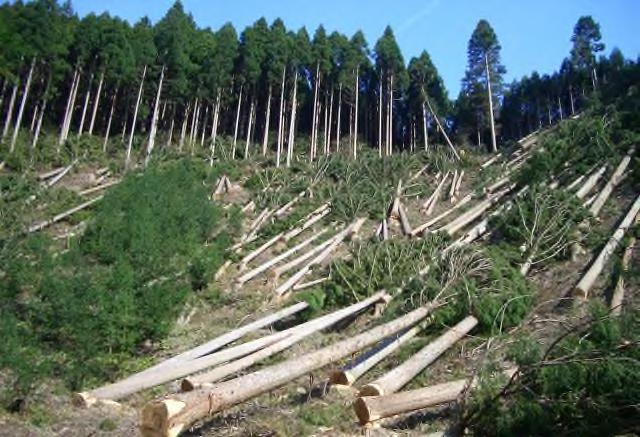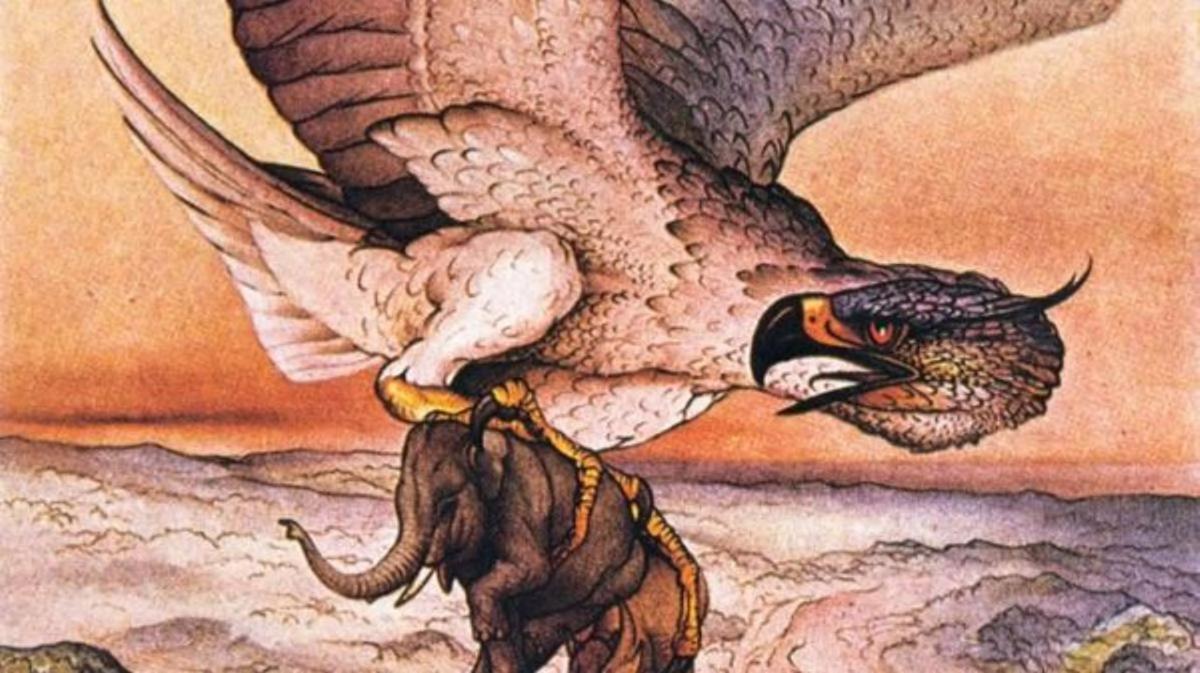
9 minute read
City Nature Challenge: Cape Town 2019 Eleanor Hutchings and Charmaine Oxtoby
City Nature Challenge: Cape Town 2019
By Eleanor Hutchings and Charmaine Oxtoby
Advertisement
“Cape Town is the most biodiverse city in the world” Thomas Elmqvist (leader of the United Nations’ City and Biodiversity Outlook Project).
What an accolade for any city! But… could it be proved? How could we, as the City of Cape Town, demonstrate that status to the world?
Enter the City Nature Challenge, and our opportunity to do just that. The City Nature Challenge is an international celebration of urban biodiversity. Each year, cities compete to see who can make the most observations of nature, find the most species, and get the most people involved. The competition is organised by the Citizen Science Teams at the California Academy of Sciences and the Natural History Museum of Los Angeles County in the USA. It runs on the iNaturalist platform, supported by the California Academy of Sciences and National Geographic.
The competition started as a two-city challenge between Los Angeles and San Francisco in 2016 (Los Angeles won). In 2017 it went national in the USA, and in 2018 it went international: across 68 cities, 17 000 people made 441 000 observations of 18 000 species in four days.
In 2019, 159 cities worldwide entered, and it marked the first time any African cities participated, with three African cities signing up: Cape Town, South Africa; Nairobi, Kenya; and Port Harcourt, Nigeria. This was our opportunity to put the Mother City on the international biodiversity map, and defend our claim that Cape Town is among the most biodiverse places on Earth.
Held at the end of April every year, which is peak Spring time and biodiversity-season for the Northern Hemisphere where the competition originated, the City Nature Challenge has members of the public around the world recording as much wildlife as they can, within their city, in just four days, on the citizen-science, social-media platform iNaturalist. Although April is Autumn in the Southern Hemisphere, which means that it is less than ideal to record biodiversity, Cape Town was still up for the challenge!
So, what exactly did the challenge entail? For the four days of the challenge, 26- 29 April 2019, it amounted to simply recording the wildlife around you – the trees, plants, bugs, birds and everything living (or that had at some stage been living!), using the iNaturalist smartphone app or the iNaturalist website, within the City of Cape Town. Any sign of life counted, whether it was a footprint, a feather, a leaf, or some scat. During that period, we needed as many people to record, as widely as possible, all the different species in our city. Not people or pets, but everything else. During the day and during the night, from the air, from the shore, from the deep seas to the mountain crags.
Entering the competition was a collaboration between the City of Cape Town’s Environmental Management Department (Biodiversity Management Branch) (CCT BMB) and the South African National Biodiversity Institute (SANBI). SANBI are the South African custodians of the iNaturalist page, so they entered us as a competitor and set us some super ambitious targets of 50 000 observations, 3 500 species and 2 000 observers. We had about two months to prepare, spread the word and get enough people on board.
Game on!
Various training workshops were held to get people familiar with using the iNaturalist app. There was lots of media and social media coverage leading up to the event.
A developing world country like South Africa has some challenges that the founding cities would not have experienced, related to lack of access to internet facilities, WiFi, the costs of data, insufficient literacy, and device limitations. We partnered with the City of Cape Town Libraries to help spread the message, and to have free internet and computer facilities available to participants across the city, as the 104 libraries all offer this service to citizens of Cape Town. Almost every library across Cape Town had a City Nature Challenge poster on display, with a map to their closest nature reserve, open space, or park.
Over 50 different events and “bioblitzes” – focused either on a location or a taxonomic group – were organised by various groups, to target a wide geographical coverage of sites across the city, and also to target all sorts of marine and terrestrial plants, animals, and fungi.
The event was not over after the four days of observations. Then came the identification parties, sleepless nights, and the herculean push to verify all the observations. During the week that followed, teams of taxonomists, experts, naturalists and interested people worked through the days and nights, by themselves and in organized identification parties, to identify what was recorded. During the four days of the event, the emphasis was on recording everything, known or unknown, and on achieving the maximum number of observations. The next step of adding the species names and identities to the observations was crucial to making the observations useful to nature reserve managers, conservation scientists and other groups that use the data – and also, of course, to win the most species category!
During this time, the international challenge leader board was active, showing all the numbers from all the competing cities. Given the time zones and date differences from across the world, it was amazing to watch the leaders change and the numbers peak and dip as the hours and days marched onwards. For those who were “playing along” it was a time of huge anticipation and nervous excitement as well as being completely addictive!
Cape Town submitted an incredible 100 000 plus photos during the event, from 1141 observers. And finally, at 9am on the following Monday morning, when the results were official… Cape Town was declared the 2019 WINNER in the most observations and the most species categories. For the most observations, Cape Town exceeded our target and won with 53 775 observations, more than 6800 observations ahead of the surprising second-placed city, La Paz in Bolivia. For the most species, Cape Town again exceeded our target and won with an incredible 4587 species. This was nearly 1000 species more than the city who came second, Hong Kong in China. We also featured twice in the top 10 highlights from around the world on the City Nature Challenge website, with an unforgettable camera trap photo of a leopard, and the charismatic and endangered African Penguins who no doubt charmed the world.
Globally, 159 cities participated in the City Nature Challenge. In four days, nearly a million observations were uploaded, documenting almost 32 000 species, with over 35 000 people participating!
In the process of planning for, participating in, and wrapping up the Cape Town entry into the City Nature Challenge, we learnt a few really valuable lessons.
Firstly, FUN! We found it was huge fun learning more about our city’s nature and competing with cities around the world to do it (although, of course, winning helps with this!). Just a few minutes opened up an entirely new world of discoveries, that we ignore and forget about during our normal lives. It was not only amazing fun, but relaxing and therapeutic as well. We could all do with more time enjoying our open spaces and natural areas. The fun part was not just being out there seeing wildlife, but also realizing that around the world in hundreds of cities, other people were also busy participating in the challenge. Watching them come online as they woke up, monitoring their tallies compared to our own, and seeing what they were discovering, was an amazing experience. It was a gathering of thousands of nature enthusiasts sharing their biodiversity for four days across the globe in a mega bioblitz.
Secondly, that the positive publicity is powerful and priceless. It was a real “feel-good” experience that bolstered people’s pride, their knowledge, their sense of contribution, and their support for biodiversity and conservation in their city.
Thirdly, how luck y we are to be a coastal city. This challenge was also not restricted to land, and so this was a wonderful way to show off our stupendous marine biodiversity. We live in one of the most species rich marine environments on earth! The coastal and marine environment yielded 3 215 observations, 522 species, with contributions from 155 observers. There were dives to unusual reefs, night dives in search of creatures not usually seen except in reference books, and, because Cape Town is like that, there was documentation of new and undescribed species while we were at it.
Fourthly, the potential for citizen science to collect extremely valuable and important data, and the great contribution towards understanding and conserving our city’s wealth of biodiversity. For all nature reserves, parks, commons, green belts, arboretums and the botanical gardens, we increased the iNaturalist species lists, by between 100 and 200% more species recorded on iNaturalist than before the challenge. Over half of the observations made locally were in protected areas. This protected area network helps make our city sustainable and resilient, through the ecosystem services provided by nature. People need biodiversity, not only for survival as we rely on essential ecosystem services, but also for recreation, stress reduction, employment, income-generating opportunities and education. Our biodiversity gives us a sense of place. Over 700 observations were made for Species of Special Conservation Concern, and new populations of species were discovered for the first time in the city, reminding us how unique and threatened our local biodiversity is.
In addition, this challenge wasn’t only about wild, indigenous plants and animals. Our homes and backyards support a surprising wealth of critters and weeds! Valuable data were collected on alien species, i.e. those species that do not occur here naturally. New distribution records have been gathered, including the first record of the naturalisation of a species. This is especially important for early detection and rapid response of invasive alien species.
And lastly, among the most heartening outcomes was the participation of our city’s youth. There is a lot more unrealised potential in this arena, however, as City Nature Challenge really lends itself to incorporation into education programmes and this is one area that we would like to expand on in any future challenges.
We must never take for granted that we live in one of the most species rich places on earth for terrestrial plants and marine organisms. Of the 20 vegetation types that occur in Cape Town, 11 are Critically Endangered and 6 occur nowhere else but within Cape Town’s municipal boundary. We need to appreciate this to appreciate the full challenge of trying to conserve this wealth of biodiversity in a rapidly developing city. Looking at the top 10 species observed, it reads as a ubiquitous description of our everyday lives in a beautiful, green city. The most observed species was Bietou, followed by Edible Sourfig, Wild Dagga, Common Sugarbush, Cape Honeysuckle, Western Honey Bee, King Protea, Common Sunshine Conebush, Rose-Scented Geranium, and Pigs Ears.
The City of Cape Town, SANBI, South African National Parks, CapeNature and other key partners will continue to celebrate Cape Town as the most biodiverse city in the world. We will continue to address the biodiversity conservation crisis in Cape Town. The only option for future sustainability and quality of life is to make sure that the built, cultural and natural environments are integrated.
And we will hopefully be back to defend our victory at the City Nature Challenge next year!













